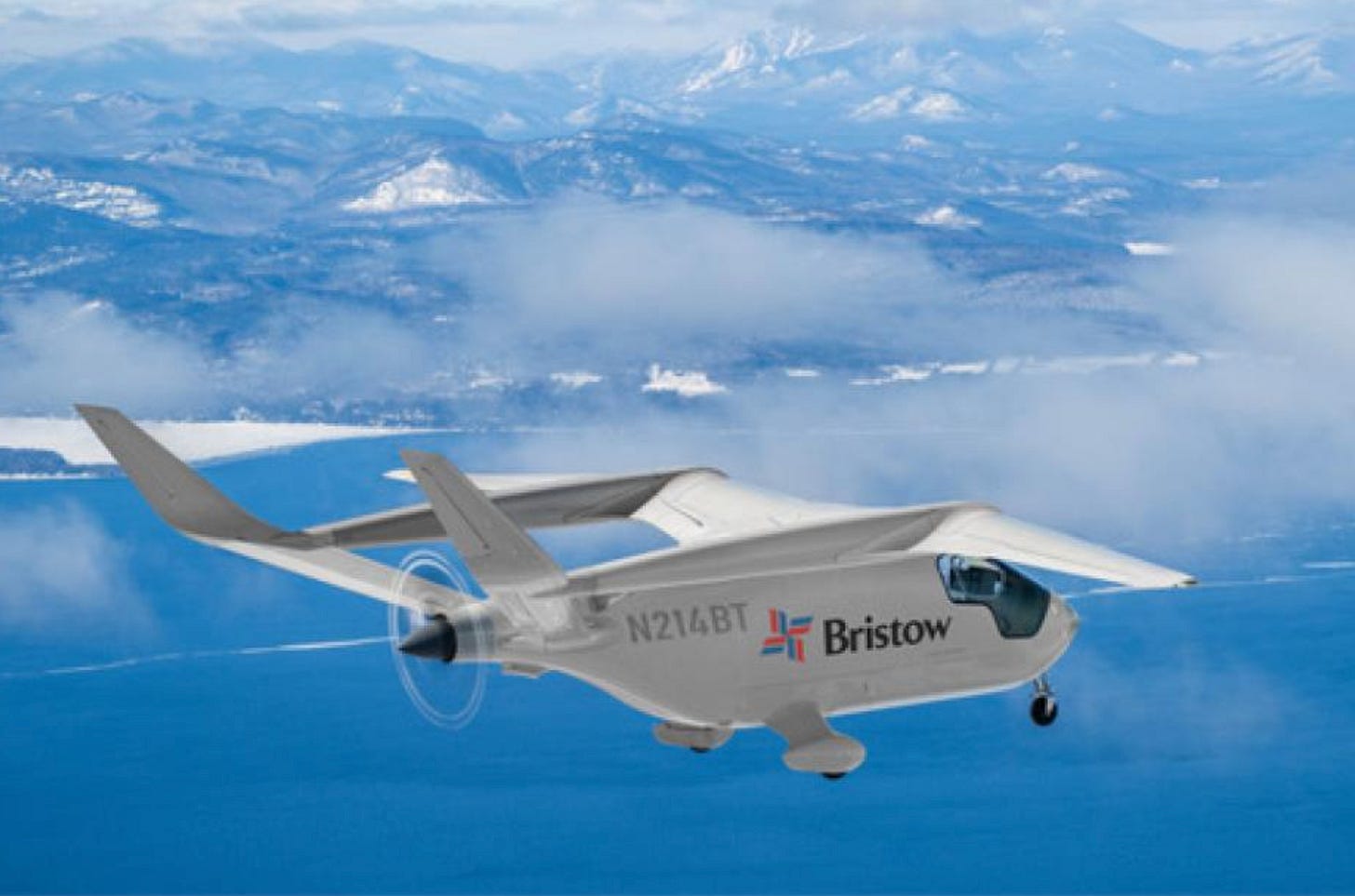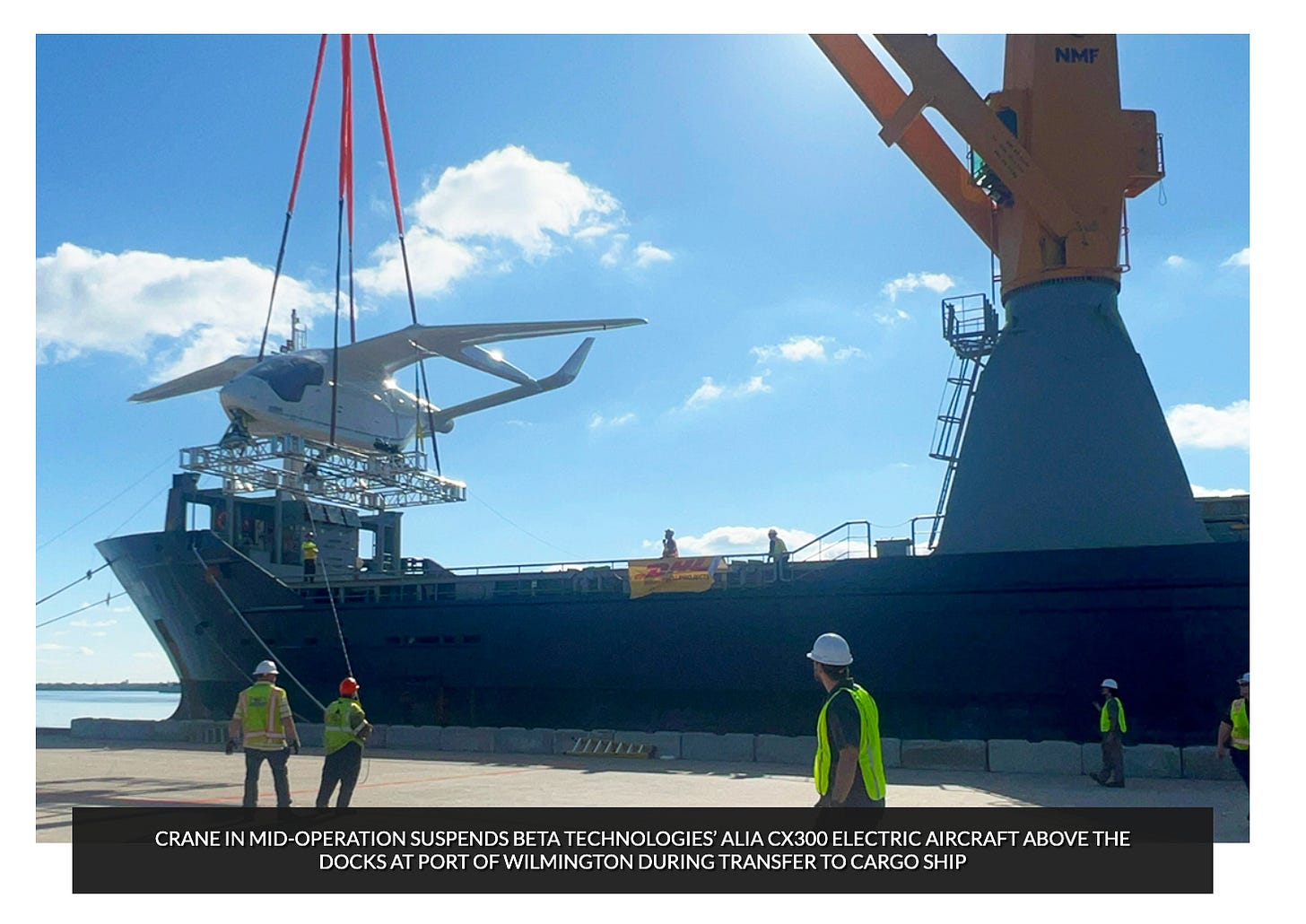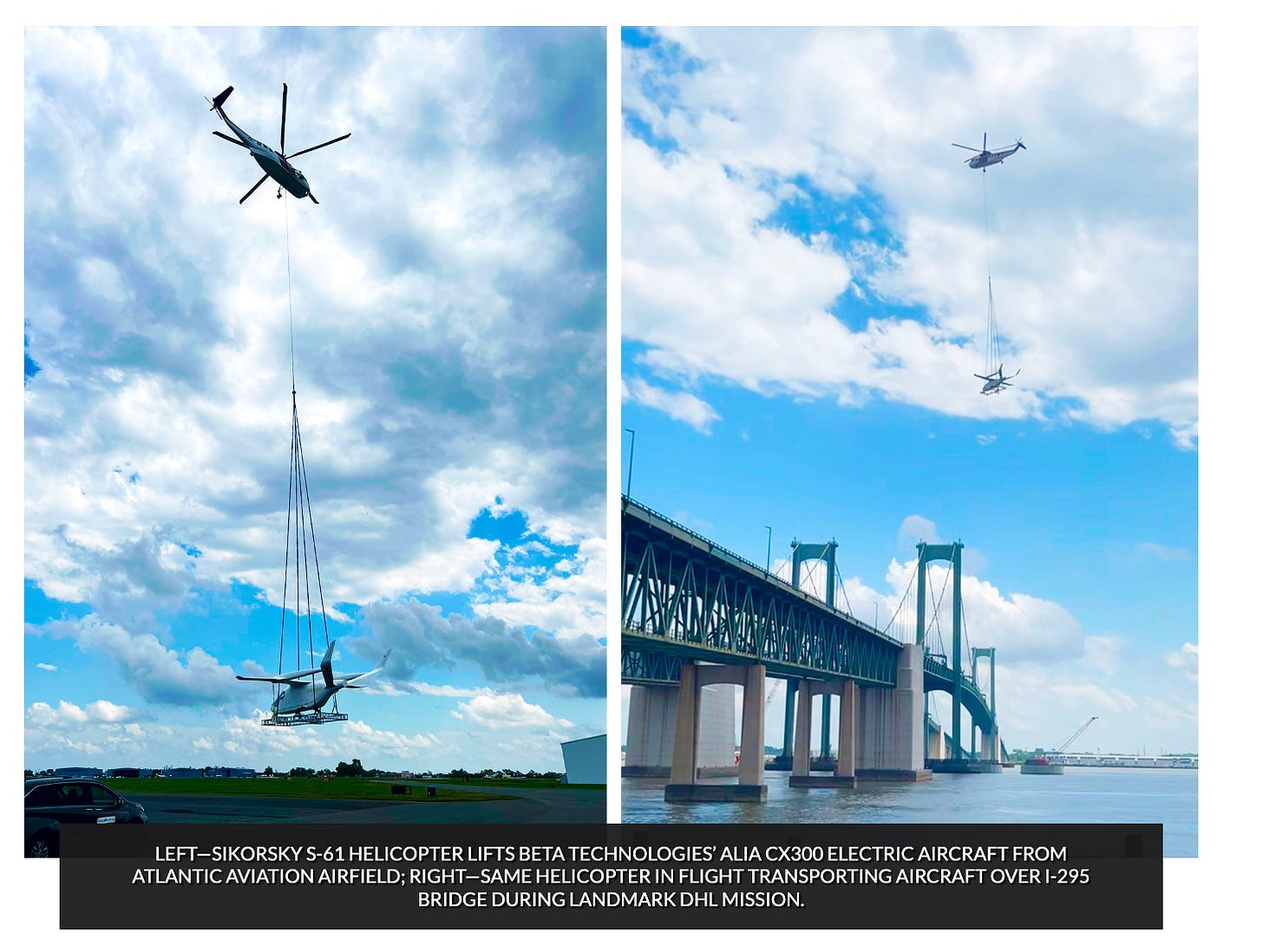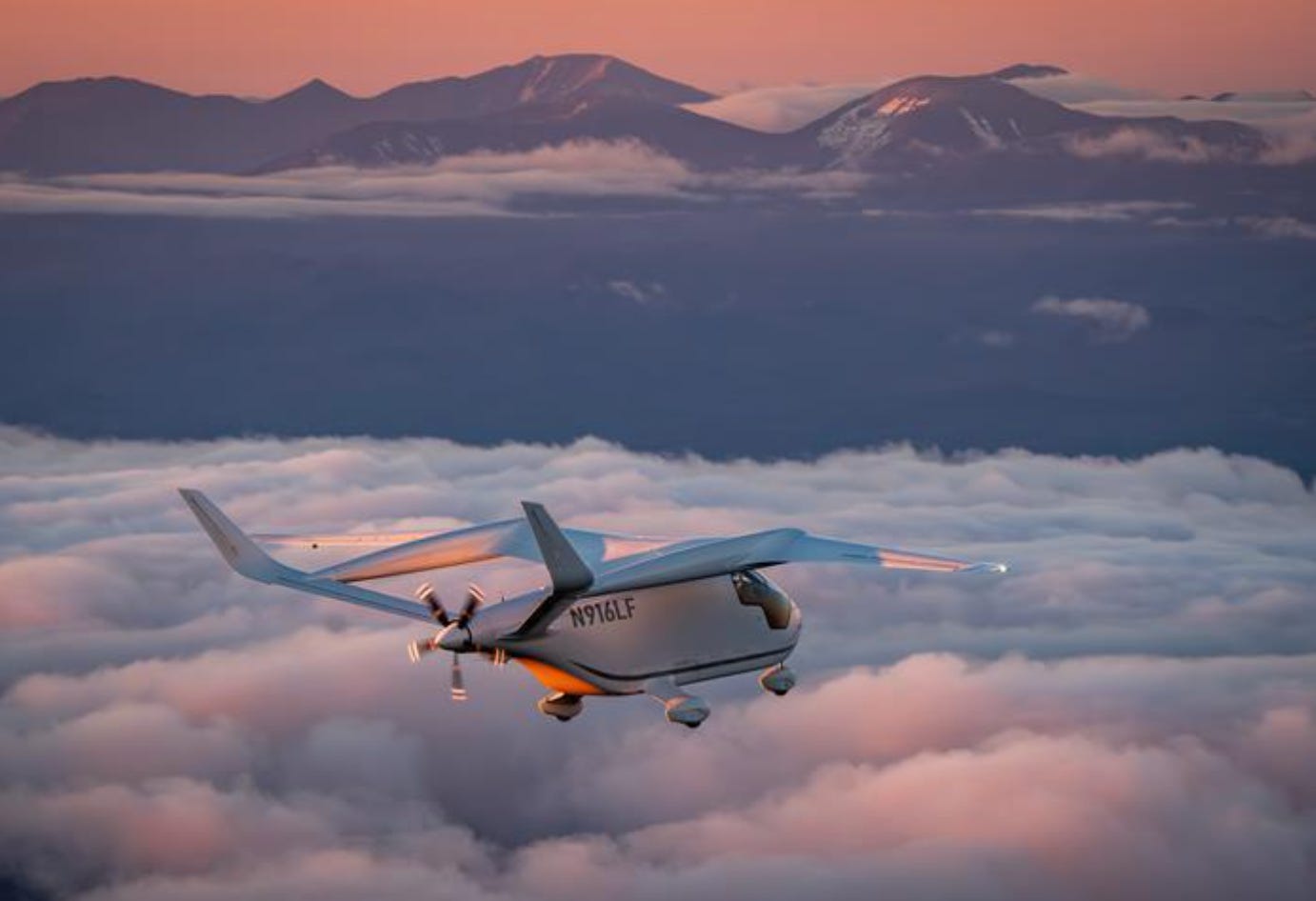BETA’s Electric Plane Makes Historic European Debut - Here's How it Got There
When news broke that BETA Technologies’ all-electric aircraft, the ALIA CX300, had arrived in Norway for a groundbreaking series of tests, the immediate question for many Vermonters was a simple one: How did it get there? While the sleek, quiet aircraft is now gracefully island-hopping through Norwegian fjords, its journey across the Atlantic was a complex, multi-modal feat of engineering and logistics, relying on sea, air, and land.
A Journey Measured in Nautical Miles
While the ALIA has an impressive flight range for an electric aircraft, a direct flight from its home base in South Burlington to Europe is not yet possible. The journey began not in the air, but on the ground. The aircraft, with its distinctive 50-foot wingspan, was first transported from Vermont to a port to begin its transatlantic voyage.
According to reports from publications like Flying in Ireland, the ALIA CX300 arrived in Europe not by landing on a runway, but as cargo at the Port of Foynes in Ireland. It was carefully loaded onto a cargo ship for the long journey across the ocean, a crucial but often overlooked part of the story that underscores the current limitations and practical realities of deploying electric aviation technology globally.
From Sea to Sky: A Helicopter Airlift
Once in Ireland, the ALIA required another unique transport solution to get to an airport for final preparations. In a dramatic display, the aircraft was reportedly picked up from the port by a Bell 205A helicopter and flown as an underslung load to Shannon Airport. This unusual step highlights the creativity and careful planning required by BETA’s team to move their prototype across the globe safely.
After being reassembled and undergoing thorough checks at Shannon, the ALIA was finally ready to take to the European skies under its own power.
The European Tour: A Seven-Country Flight
With its batteries fully charged, the ALIA CX300, registered as N214BT, embarked on a weeks-long European tour that served as a powerful demonstration of its capabilities. As reported by aviation news outlet AIN Online, the journey was a carefully planned, multi-leg flight that spanned seven countries.
The tour began with a flight from Ireland to the United Kingdom. From there, the aircraft flew to France, where it was a notable attraction at the prestigious Paris Air Show. The journey continued through Germany, Luxembourg, and Denmark before the plane finally touched down in Norway, completing an estimated 6,976-kilometer (4,335-mile) European flight path. This tour proved the ALIA's readiness for the kind of regional travel routes it was designed to serve.
The Mission in Norway: Testing in a Real-World Lab
The aircraft's ultimate destination was a "Test Arena for Zero & Low Emission Aviation" in Norway, a partnership between BETA, the global aviation services company Bristow, Norway's airport operator Avinor, and the country's Civil Aviation Authority.
In a press release, Bristow Norway confirmed the ALIA will be put through its paces in the challenging Norwegian environment. The goal is to test the aircraft's performance, evaluate how it handles potential customer routes, and fine-tune the ground charging infrastructure needed to support it. Norway, with its rugged terrain and deep commitment to sustainable energy, provides a perfect real-world laboratory to prove the viability of electric flight. This deployment represents a critical step from the prototype phase toward commercial operation, showcasing Vermont innovation on a world stage.





